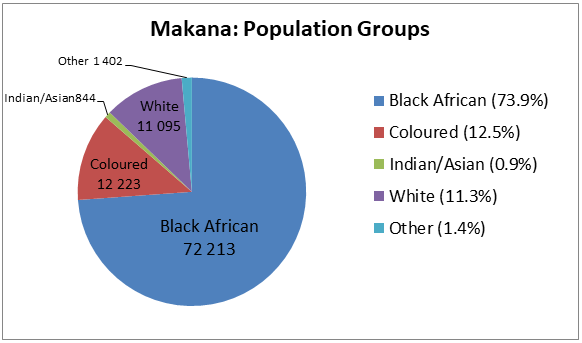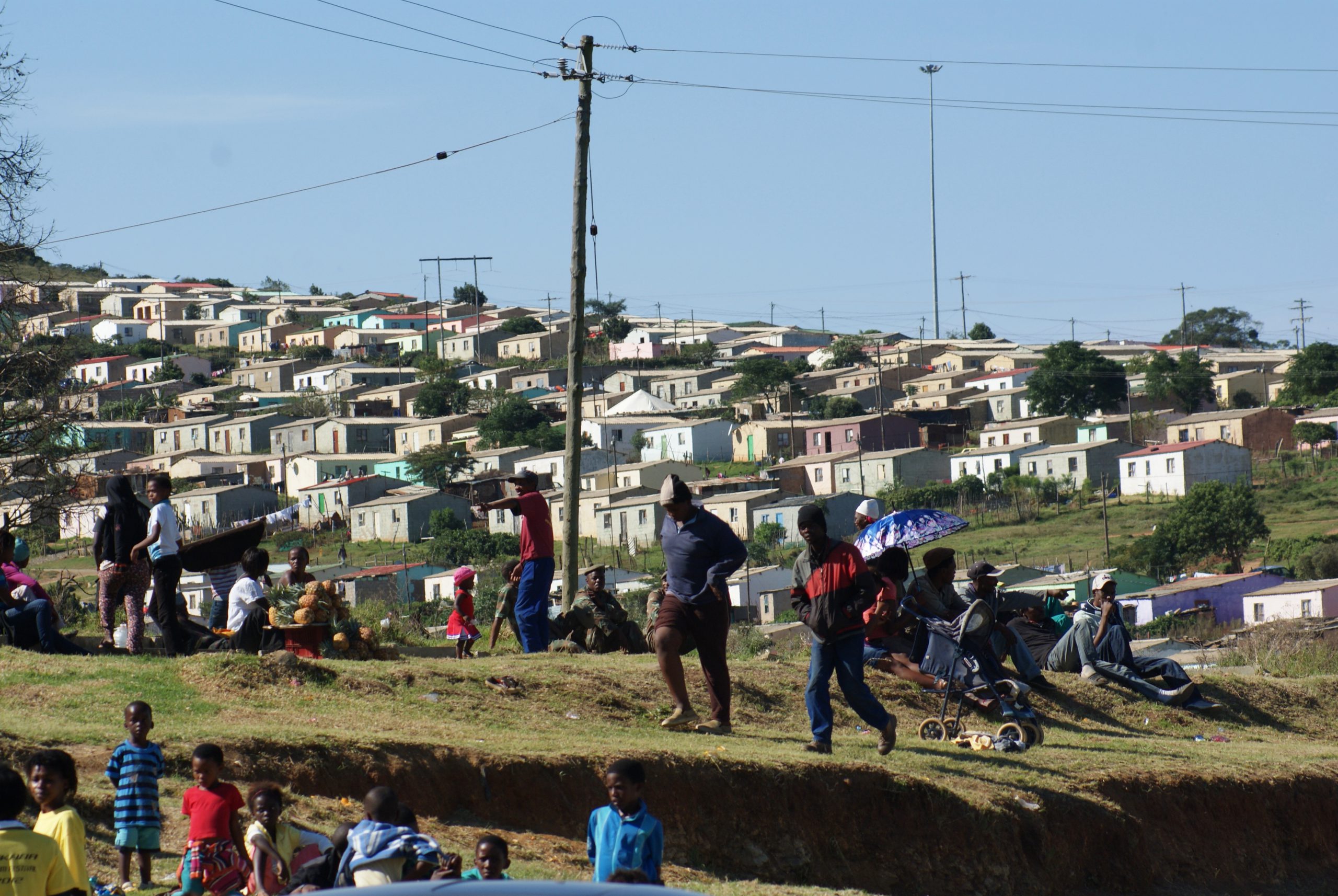By Steven Lang
The population of Makana local municipality has increased from 80 390 in 2011 to 97 815 in 2022. There are 17 425 more people now living in our municipal area which includes Makhanda, Alicedale, Riebeek East and Sidbury.
These figures are contained in the Census 2022 report presented to President Cyril Ramaphosa on Tuesday.
The Statistician-General, Risenga Maluleke, said Census 2022, the first digital census conducted in South Africa, was made especially difficult by the Covid-19 pandemic, which afflicted the whole world. The pandemic forced the census to be postponed from October 2021 to February 2022.

The population of Makana increased by 21.68% which puts this municipality slightly ahead of the national average of just under 20%.
The encouraging news in this respect is that the housing situation has improved more than the population growth so that there are now fewer people per household. The number of households in Makana has increased from 21 388 in 2011 to 29 239 (36.7% increase) in 2022 and the number of people living in each household has dropped from 3.8 to 3.3.
There has not only been an increase in the number of households but also a significant improvement in the quality of accommodation, as there has been a growth in the proportion of formal dwellings; houses with flush toilets; access to piped water and electricity.
The statisticians measure these last two points as having access to those basic services but does not take into account Eskom’s nor Makana Municipality’s struggles to hold up their end of the bargain. On the downside, the proportion of households that have access to garbage disposal has dropped from 88.9% in 2011 to 86.2% in 2022.
Percentage of dwellings in Makana
There has been a noticeable increase in the age profile of Makana residents. From 2011 to 2022, the percentage of young children (0-14 years) has decreased from 24.4% to 21.9%, while the proportion of working age people (15-64) has remained virtually unchanged at just over 69%. The percentage of elderly people (older than 65) has actually increased significantly from 6.2% to 8.2%
Confirming the widely held conviction that women live longer than men, there are 1 625 males and 3 122 females in the over 70 category.

Education
Average education levels have seen an improvement. The number of people older than 20 who have no schooling has dropped from 6.3% to 3.8% in 2022 while the number of people older than 20 who have higher education has increased from 11.7% to 16.6%
In last year’s census, 22 021 youths, or 75.3% of the population between 5 and 24 years old were attending an educational institution. This figure is slightly higher than the national average of 73.4%.

Where are we in the national picture? The Eastern Cape is the fourth most populous province (out of nine) with 7 230 204 inhabitants. Sarah Baartman Municipality has a population of 533 253, which makes it the seventh (out of 8) largest District Municipality in the Eastern Cape.




